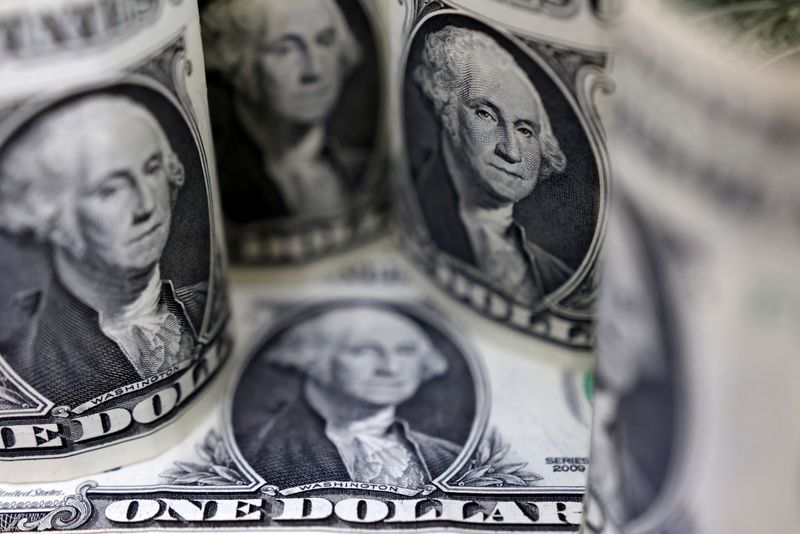Moody’s downgrades Senegal to Caa1 amid rising debt concerns
Investing.com - U.S. markets are largely recovering from the hefty losses they suffered in April when U.S. President Donald Trump launched his “reciprocal” tariffs, but the U.S. dollar remains weak. This is unlikely, however, to be a deliberate policy move by the Trump administration.
At 04:30 ET (08:30 GMT), the Dollar Index, which tracks the greenback against a basket of six other currencies, fell 0.1% to 100.172, and is still over 7% lower year-to-date.
The index has fallen below the level that has provided support over the past few years, which may be in line with the long-term currency policy of the Trump administration.
However, it makes sense to think the U.S. administration now sees it as risky to pursue an even more aggressive policy of dollar weakness that could cause renewed turmoil in the market, according to analysts at Citi, in a note.
“At this point we do not see a ‘Mar-a-Lago Accord’ as likely to happen. However, when overlaying Trump administration policies upon such a framework we think a coherent direction starts to take shape,” said Citi.
“We do not think the U.S. will be able to pursue a currency policy that targets across-the-board weakness in the USD in a situation in which high tariffs are pushing up U.S. prices,” Citi added.
“If this risk is of concern, the U.S. would want to wait until further progress has been made in U.S.-China and U.S.-Japan trade talks so that tariffs can be lowered and inflationary pressures subside.”
